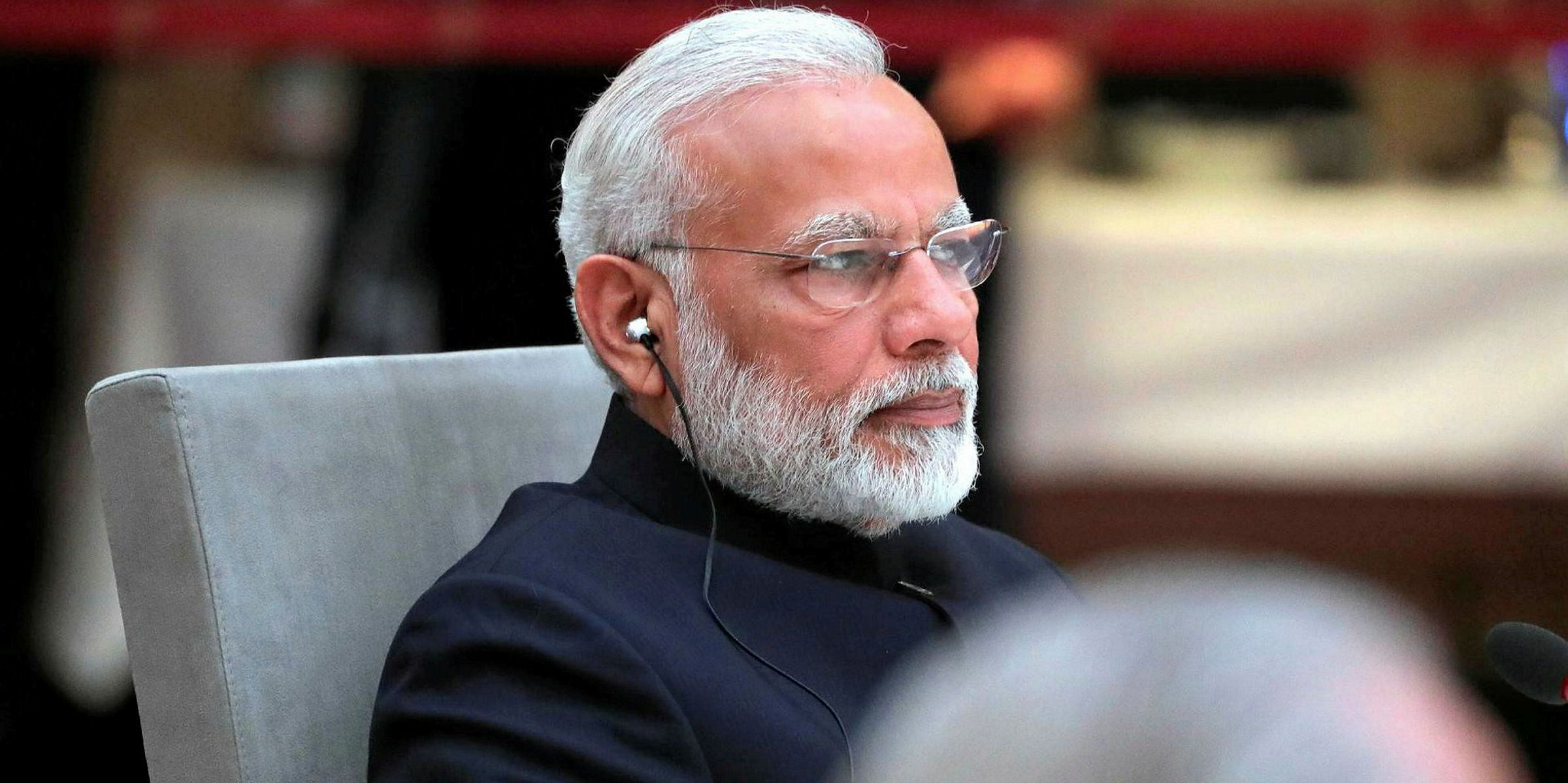Indian Prime Minister Narendra Modi has extended the country’s lockdown for a further two weeks. The move casts doubt whether around 20,000 crew members whose employment contracts have expired will be able to return home.
As TradeWinds reported, the country's Directorate General of Shipping (DGS) recently announced a standard operating protocol which outlined the quarantine and Covid-19 testing procedures required for Indian seafarers to return to India or to join ships from India.
However, the weekend's extension of the lockdown, which was scheduled to expire 3 May, is now strictly limiting movement across certain designated economic zones.
Despite the new operating protocol managers have been warned that crew may still not be able to make it back home because of the regional differences and travel restrictions being applied within the country.
All internal travel remains banned with the exception of essential travel and only in extraordinary circumstances.
Under the most recent lockdown extension India has been divided into Green Zones, with no Covid-19 cases, Red Zones which includes Covid-19 “hotspots” and Orange Zones, which are areas which fall between Green and Red Zones.
The strictest measures are being applied in Red Zones.
The revised revised protocol requires seafarers to be issued with an “e-permit” to travel across the country to get home.
But, domestic and International air and train travel has been banned and interstate movement is no longer permitted. An additional curfew has been put in place between 7pm and 7am.
Guidance from the India’s Ministry of Home Affairs makes no mention of seafarers or making exceptions for them.
A recent survey by the International Chamber of Shipping (ICS) and International Maritime Employers’ Council (IMEC) estimated that there are around 150,000 seafarers worldwide requiring crew change by May 15, including 20,000 Indian nationals.
However, India is one of shipping’s largest labour supply countries and estimated to supply around one third of the industry's seafarers.
“Globally there are 1.2 million seafarers onboard 65,000 ships at sea. For the past two months crew change has all but completely stopped,” ICS chief executive Guy Platten said.
“This means that crew have not been able to disembark or embark ships at port and terms have had to be extended, but this is not sustainable.”






